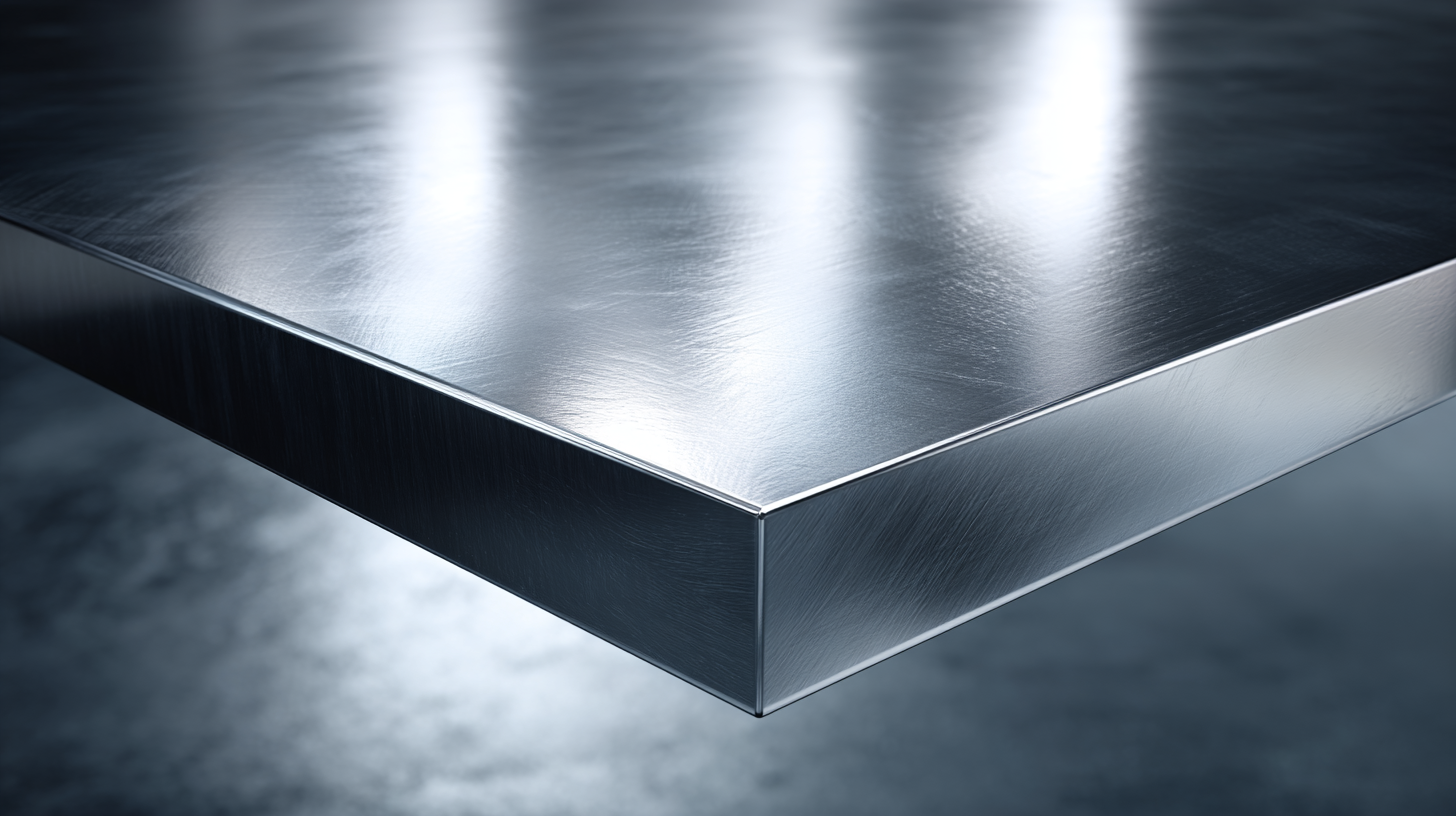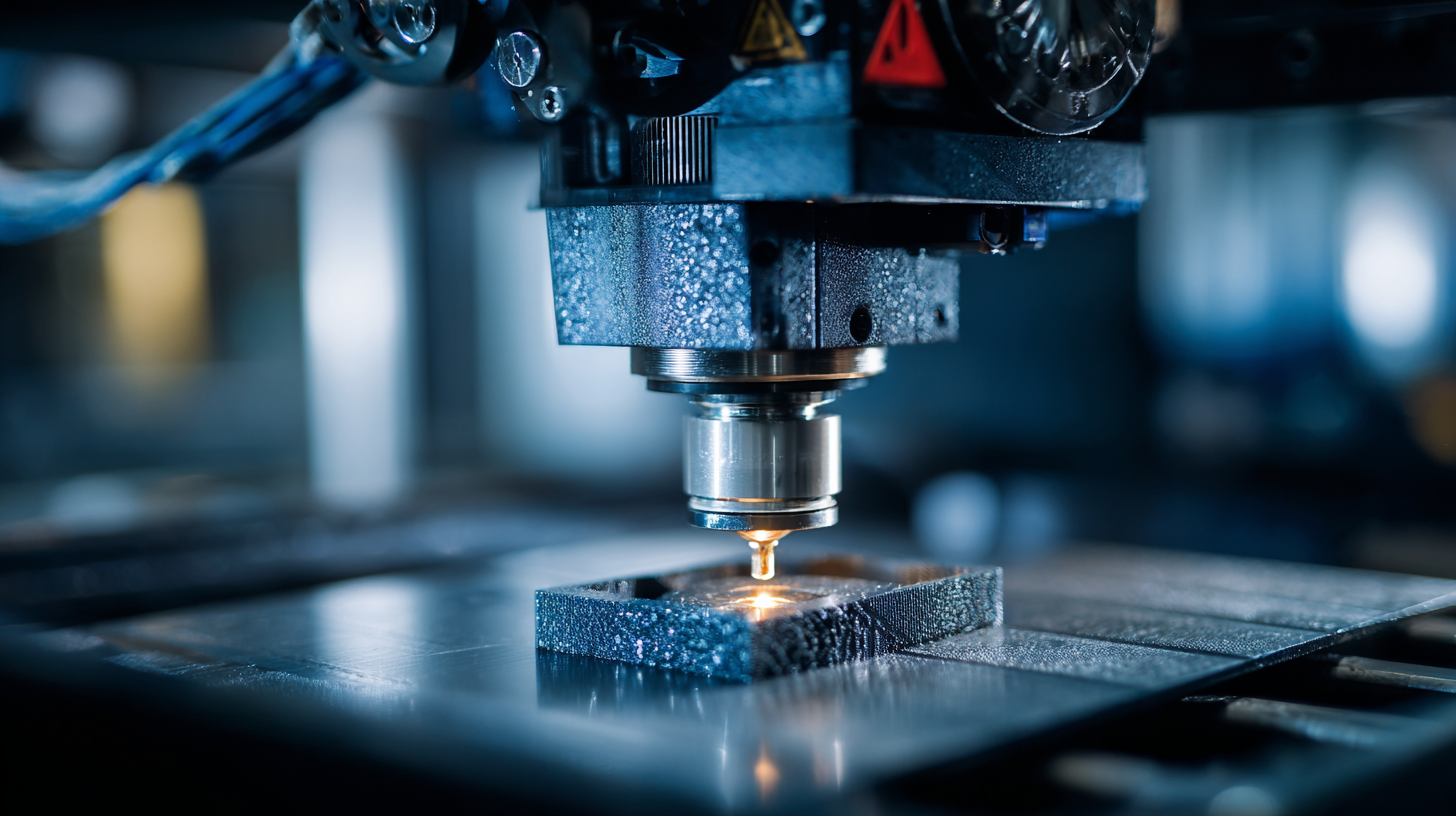Top 10 Benefits of ABS Material in Manufacturing for Enhanced Durability and Cost Efficiency
In the ever-evolving landscape of manufacturing, the choice of materials plays a crucial role in determining the durability and cost efficiency of end products. Among various materials, ABS material has emerged as a leading option due to its remarkable properties and versatility. According to a report by MarketsandMarkets, the global ABS market is projected to reach USD 30.71 billion by 2025, reflecting a compound annual growth rate (CAGR) of 5.4%. This growth is largely driven by the increasing demand for lightweight and durable materials in multiple industries including automotive, electronics, and consumer goods.
Leading industry expert Dr. James Liu, a notable figure in the field of polymer science, emphasizes the transformative potential of ABS material: "The unique combination of strength, flexibility, and resistance to environmental stressors makes ABS an ideal choice for manufacturers aiming for both durability and economic efficiency." As companies strive to enhance product lifespan while minimizing production costs, adopting ABS material has proven to be a strategic advantage. This paper will explore the top ten benefits of ABS material in manufacturing, highlighting how it can lead to significant improvements in durability and cost-effectiveness.

Understanding the Composition and Properties of ABS Material
ABS (Acrylonitrile Butadiene Styrene) is a thermoplastic polymer widely recognized for its robust properties, which make it a preferred material in various manufacturing applications. Comprised of three distinct components—acrylonitrile, butadiene, and styrene—ABS combines the strength and rigidity provided by acrylonitrile, the toughness associated with butadiene, and the excellent aesthetic finish from styrene. This unique composition allows ABS to exhibit high impact resistance and impressive dimensional stability, essential for products exposed to stress and environmental changes.
According to a report from the Plastics Industry Association, the demand for ABS has seen a steady rise, with the global market expected to grow at a CAGR of 4.5% from 2021 to 2026. This growth is driven by the material’s versatility and ability to be easily molded into complex shapes, making it suitable for diverse manufacturing sectors, including automotive, consumer goods, and electronics. Additionally, ABS's recyclability and ease of processing enhance its cost efficiency, providing manufacturers with sustainable options without compromising on quality or durability.

Enhanced Durability: How ABS Outperforms Traditional Materials
 Acrylonitrile Butadiene Styrene (ABS) has emerged as a preferred material in manufacturing due to its superior durability compared to traditional materials. One of the key benefits of ABS is its resistance to impact, making it an ideal choice for products that require longevity under stress. Unlike metals or ceramics, which can crack or shatter under impact, ABS can absorb shocks, which significantly extends the lifespan of manufactured items. This resilience is critical in applications ranging from automotive components to consumer electronics, where durability is essential.
Acrylonitrile Butadiene Styrene (ABS) has emerged as a preferred material in manufacturing due to its superior durability compared to traditional materials. One of the key benefits of ABS is its resistance to impact, making it an ideal choice for products that require longevity under stress. Unlike metals or ceramics, which can crack or shatter under impact, ABS can absorb shocks, which significantly extends the lifespan of manufactured items. This resilience is critical in applications ranging from automotive components to consumer electronics, where durability is essential.
In addition to its impact resistance, ABS excels in environmental stability. It can withstand temperature fluctuations and various atmospheric conditions without significant degradation, unlike wood or some plastics that may warp or weaken over time. This stability not only enhances the product's lifespan but also reduces maintenance costs associated with replacement or repairs. As manufacturers increasingly focus on sustainability and cost efficiency, ABS stands out as a material that embodies both enhanced durability and economic advantage, aligning perfectly with contemporary manufacturing needs.
Cost Efficiency: The Economic Advantages of Using ABS in Production
ABS (Acrylonitrile Butadiene Styrene) has become a preferred material in manufacturing due to its significant cost efficiency. This thermoplastic combines strength, versatility, and resistance to impact, making it an ideal choice for various applications. Manufacturers find that utilizing ABS not only reduces production costs but also minimizes waste thanks to its ease of molding and shaping. The relatively low cost of raw materials coupled with its ability to withstand rigorous conditions ensures that the final products require less maintenance and fewer replacements, thereby lowering overall operational expenses.
Tip: When considering ABS for project development, analyze your specific needs regarding strength and flexibility. Choosing the right grade of ABS can optimize both performance and cost.
Additionally, the streamlined manufacturing process associated with ABS contributes to its economic advantages. The material’s favorable processing characteristics allow for faster production cycles and reduce energy consumption during manufacturing. This efficiency translates into quicker time-to-market and the ability to scale operations without incurring substantial additional costs.
Tip: To maximize the benefits of using ABS, implement strategies such as bulk purchasing of materials and investing in efficient production technologies, which can further drive down costs while enhancing product quality.
Top 10 Benefits of ABS Material in Manufacturing for Enhanced Durability and Cost Efficiency
Versatility of ABS: Applications Across Various Industries
Acrylonitrile Butadiene Styrene (ABS) is a widely utilized thermoplastic known for its strength, durability, and versatility across various industries. From automotive to consumer goods, ABS serves as a reliable material choice, boasting a high impact resistance that is five times stronger than polystyrene. The automotive sector benefits greatly from ABS, where it is used for interior and exterior components due to its excellent finish and ability to withstand extreme conditions. According to a report by MarketsandMarkets, the global ABS market is projected to reach USD 40.28 billion by 2026, highlighting its growing significance in manufacturing.
In the electronics sector, ABS is favored for making durable casings and appliances, given its ability to mold into complex shapes while providing robustness against environmental impacts. Its lightweight nature contributes to enhanced energy efficiency in products like laptops and smartphones. In addition, the global demand for ABS in the electronics industry is expected to grow at a CAGR of 5.2% through 2025, as noted by Research and Markets.
Tips: When selecting ABS for your manufacturing needs, consider the end-use environment to maximize its benefits. Also, stay informed about emerging applications, such as 3D printing, where ABS is gaining traction for its ease of use and cost-effectiveness in prototyping.
Sustainability and Recycling Potential of ABS Material in Manufacturing
The sustainability and recycling potential of ABS material in manufacturing have gained substantial attention in recent years. As industries strive to reduce their carbon footprint, the adoption of recycled ABS resins is projected to grow, with the market expected to reach USD 3.34 billion by 2034. This surge reflects a broader shift towards circular economies, where the focus is on reusing materials rather than relying solely on new raw inputs. By incorporating post-consumer and post-industrial recycled ABS, manufacturers can significantly decrease waste and resource consumption, ultimately lowering environmental impact.
Implementing advanced recycling technologies, such as chemical recycling, not only enhances the viability of recycling ABS but also offers the potential for transforming mixed plastic waste into valuable raw materials. Such technologies enable manufacturers to achieve higher recycling rates and create a closed-loop system where end-of-life products serve as resources for new production. This shift towards a circular approach not only optimizes resource efficiency but also aligns with global sustainability goals, promoting eco-friendly practices in manufacturing and contributing to a greener economy.
Top 10 Benefits of ABS Material in Manufacturing for Enhanced Durability and Cost Efficiency - Sustainability and Recycling Potential of ABS Material in Manufacturing
| Benefit | Description | Impact on Sustainability |
|---|---|---|
| Durability | ABS is resistant to impact and wear, leading to longer product lifespans. | Reduces waste from product replacements. |
| Cost Efficiency | Lower manufacturing costs due to ease of processing and availability. | Allows for budget allocations towards sustainable practices. |
| Lightweight | ABS products are lighter, reducing transportation costs and energy usage. | Minimizes carbon footprint during shipping. |
| Aesthetic Flexibility | Available in various colors and finishes, enhancing product appeal. | Encourages longer product use due to visual appeal. |
| Chemical Resistance | Resistant to a wide range of chemicals, making it ideal for various applications. | Increases longevity and safety of products. |
| Easy to Recycle | ABS can be recycled multiple times without losing quality. | Promotes a circular economy and reduces landfill waste. |
| Thermal Stability | Maintains performance over a wide temperature range. | Reduces energy consumption for temperature control. |
| Electrical Insulation | ABS is an excellent electrical insulator, ideal for electronic components. | Improves safety and efficiency of electronic devices. |
| Impact Modification | Can be modified to enhance toughness for specific applications. | Enables the production of robust products with minimal waste. |
| Versatility | ABS can be used across various industries including automotive, consumer goods, and electronics. | Facilitates sustainable practices in multiple sectors. |